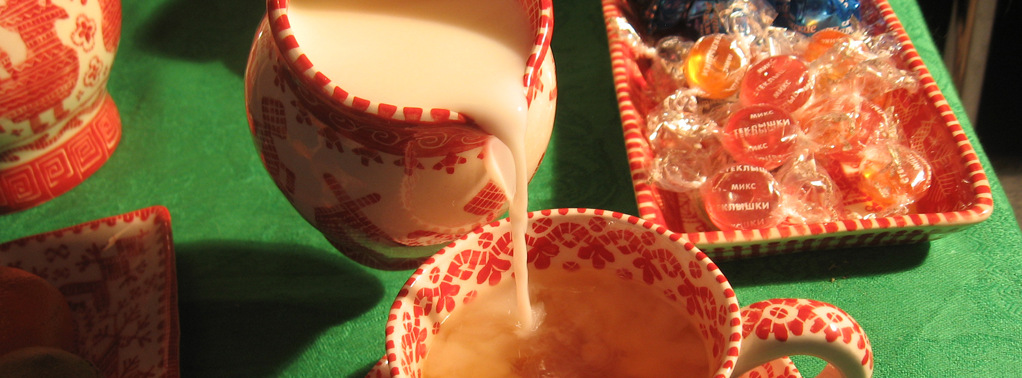White gold
For the first time in Europe china brought the famous traveler Marco Polo in the late 13th century. Prized porcelain was very expensive and luxury. Porcelain tea-cup was weighed in the balance and pay for it by weight, the same amount of gold. Dozens of foreigners posing as merchants and travelers, trying to learn the secret of Chinese porcelain, but this mystery is not revealed until now. While many researchers realize that the secret lies in the amount and the ratio of raw materials used to prepare porcelain mass. While some still became known to Europeans. We managed to find out what your made of porcelain Chinese porcelain stone. Rock composed of quartz and mica.
Chinese turn the rock into a powder, mixed with white clay - kaolin and fired this mass in furnaces at temperatures over 1000 degrees Through trial and error, the Europeans still managed to create his porcelain paste from local raw materials. Was created by white European porcelain. For the first time this has happened in Florence in 1575, during the reign of Duke de Medici. Plant was built and started the production of porcelain, known as the "Medici porcelain".
In Russia, the first Imperial Porcelain Factory was founded in 1744. Recipes are written for him by Mikhail Lomonosov and I. Grebenshikov, but discovered the composition of porcelain from domestic raw materials and the technology of its production D. Vinogradov. The range of products was great. Produces all of the service for several hundred people to snuff and salt shakers. Since the second half of the 19th century in Russia there are many private companies porcelain. These enterprises have to produce products for mass consumption. Although these products would still, of high quality and beautiful finish.
In 1918godu in Russia there was a revolution. Most of the porcelain factories had been closed, but the biggest companies survived, continued to grow and survive today. Today, porcelain Russian plants life is not sweet. Many of them, in the shops, there is an old worn-out equipment, year on year increase tariffs for electricity and water. Expensive porcelain paste, paints, brushes and more. Therefore, plants have long been a costly and time-consuming hand-painted switched to "decal", which translates to mean frantsuzkogo - decal. Decal can be replicated infinitely repeating pattern on the porcelain. This is purely a craft work, production runner make life much easier porcelain company.
Hand painted - a sign of unique items where there expression, originality and imagination of the artist. Even in the form of similar objects, painted a cool artist, painting is never the same - it is a signal to a higher evaluation and usually price.
True, reproduce porcelain craftsmen learned to forge "decal" and give her a full signature. This is called "decal" with podrisovkoy. When brushes are drawn shortcomings pictures: cracks, scratches, tears, because tonchayschaya base paper "decals" when applied to porcelain sometimes torn. But distinguish "dekolku" with drawing of a full painting is still possible. Dekolirovanny porcelain made for a pattern to the last point he repeated in dozens, hundreds, thousands of porcelain cups, plates and teapots. In the hand-painting is not possible.
For example, the author of Hope china Vostryakovo exclusive and unique. Other similar products can not be found. Each product is made by hand and signs. Each new product is the same form as the previous one is has its own unique signature. And yet, this dish can be used for domestic purposes.
Decal categorically not used, however, as well as other technological devices.
Photos of the porcelain, handmade:







Kommentare
Kommentar veröffentlichen